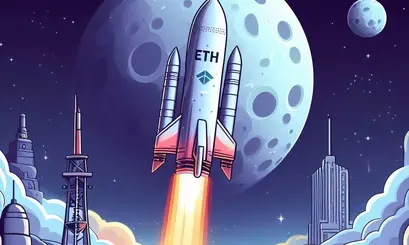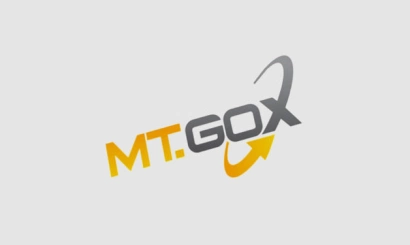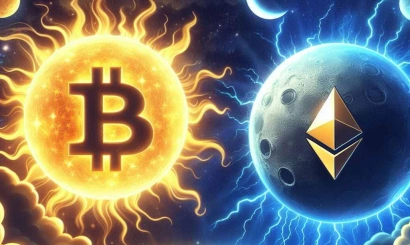An emerging trend. Why decentralized social networks are the future
Monetization of your own free time, customization of algorithms, and security of personal data - all this is possible now, not in the distant future
Modern social networks are approaching a dead-end situation. Users are beginning to tire of constant control and censorship, and the world is moving into a Web 3.0 stage. Back in 2019, the creator of Facebook Mark Zuckerberg recorded the trend toward small closed groups and people communicating in closed mode.
And no wonder, because social networks are regularly accompanied by problems. Facebook, is "famous" for leaking the data of hundreds of millions of users. In this case, all content on the social network is moderated according to company policy, and a special algorithm regulates its output. All of this, for the most part, applies to other classic social networks as well.
Despite its shortcomings, the social networking market remains in a phase of active growth, and this figure is growing every year. For comparison, over the past two years alone, it has increased by almost 45%.
Among others, this factor is influenced by a generational shift. Young people are using social networks more actively, and in a few years, they will become the target of interest for all marketers. The market will adjust to the needs of today's younger generation.
The desire for independence, cosmopolitanism, and the need to monetize not only work but also personal time - all describe Zoomers. The current social networks in such a context look like already obsolete dinosaurs, requiring an urgent upgrade.
Breaking the stalemate
The next logical step is for the industry to move toward Web 3.0. Estimated Web 3.0 revenue by 2026 is $23.3 billion and by 2023 it will be $678 billion. A significant portion of this market is decentralized social networks.
The co-founder of Reddit and Solana Ventures launched a $100 million joint investment fund. Many social media platforms are adding Web3 capabilities for Web2 users by offering NFT integration. For example, Twitter allows NFT avatars for Twitter Blue subscribers, VK announced the launch of an NFT marketplace and added NFT avatars. Web3 has been attracting investments at full speed. For example, a Web3-enabled messaging and group wallet app raised $3.3 million in a pre-funding round, and the CyberConnect platform raised $15 million in a Series A round.
Blockchain technology allows for secure and confidential messaging. And it is the problem with the risk of leaks of user data is one of the main problems at the moment. Another trend is the monetization of user creativity. The simplest example: is YouTube, which gives 80% of its revenue to creators. SocialFi has gone further - they propose to monetize not only content but any user activity.
Decentralized Social Networks - Past and Present
The first social network on a blockchain GNU Social appeared in 2010, it is up to this day and resembles Twitter in its functionality. However, as in the case of other early projects, getting access to it for the average user, far from the world of technology, is a difficult task. This is one of the main barriers to the widespread dissemination of any innovation.
Newer projects have solved the problem. For example, in one of the largest social networks Web3 MAIN, part of the functionality works in a format familiar to everyone, but the functions of ownership, management, and monetization and transferred to blockchain. So anyone can start using the platform without installing any wallets. At the same time, as the user immerses himself in the topic, he can gradually work more actively with Web3 functionality.
MAIN is the largest social network on the blockchain BNB Smart Chain. Its monthly audience of registered and active users exceeds 20 thousand people worldwide. The project was launched in 2021 on the blockchain BNB Smart Chain-based social platform, where users received tokens for their posts. Also, token holders can not only store or use them inside the platform but also send them to Earnpark Stacking (maximum pool - 10 million tokens).
Classic social networks are now avoiding the theme of communities because fast content is more profitable for maximizing advertising revenue. People suffer from this - they can't communicate with each other in their niche communities. However, MAIN gives users that opportunity. The project offers a system of user-created and managed thematic communities and boards. Each board has its own coins and the users manage the community in proportion to their shares. The platform is accessible through mobile apps, and users' assets are stored in their wallets. Therefore, even if an account is blocked, assets in a personal wallet can be sold through the exchange. And in order to receive tokens, it is enough to be an active board member, create your own content or perform administrative functions.
The next step of the industry
Traditional social networks are losing user trust. Data leaks and total control are vestiges of the past that will logically pass away as the industry evolves.
Decentralized social networks have a future because they meet the demands of young people. Among SocialFi's main advantages: are ownership of one's data and assets, the absence of censorship, the ability to monetize one's personal time, and multi-functionality.
The industry is just beginning to evolve, which means there is now an opportunity to become the same early user who once mined Bitcoin on a laptop. It is quite possible that after a few years, the idea of decentralized social networks will seem obvious, but already well mastered and have become part of everyday life.
- Investment idea: Betting on the growth of tokens of Layer 2 projects
- Binance's share of the crypto market decreased by 16% in the first quarter of 2023
- How the field of stacking will change after the Ethereum update. Experts' opinions
- Ethereum's rise in price has brought a newcomer to the top 10 cryptocurrencies
- BofA calls the tokenization of traditional assets key to digital adoption
- Binance has withdrawn from circulation BNB tokens by almost $620 million
- Blockchain project Chia applied to the SEC for an IPO


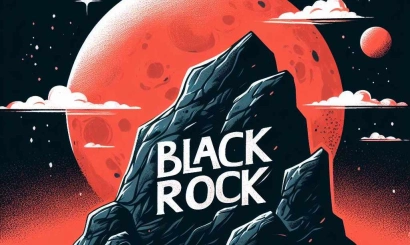
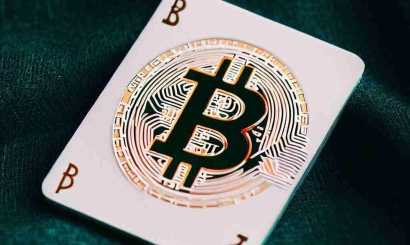
_410x245_00e.webp)
